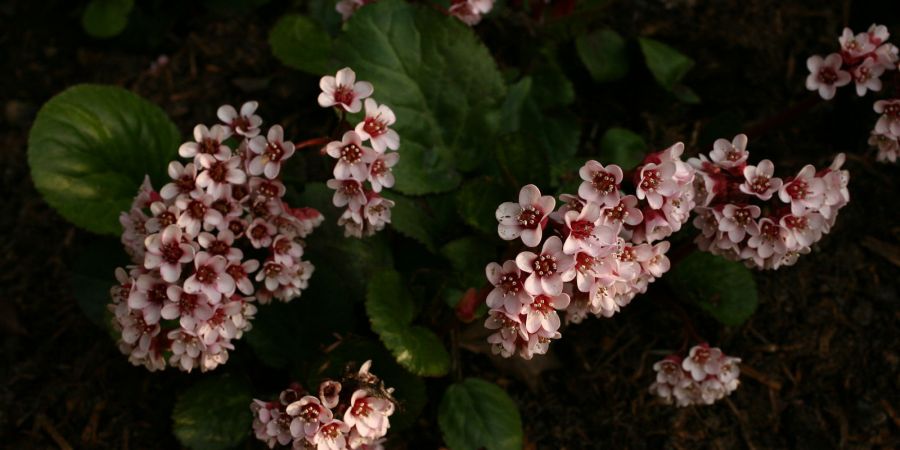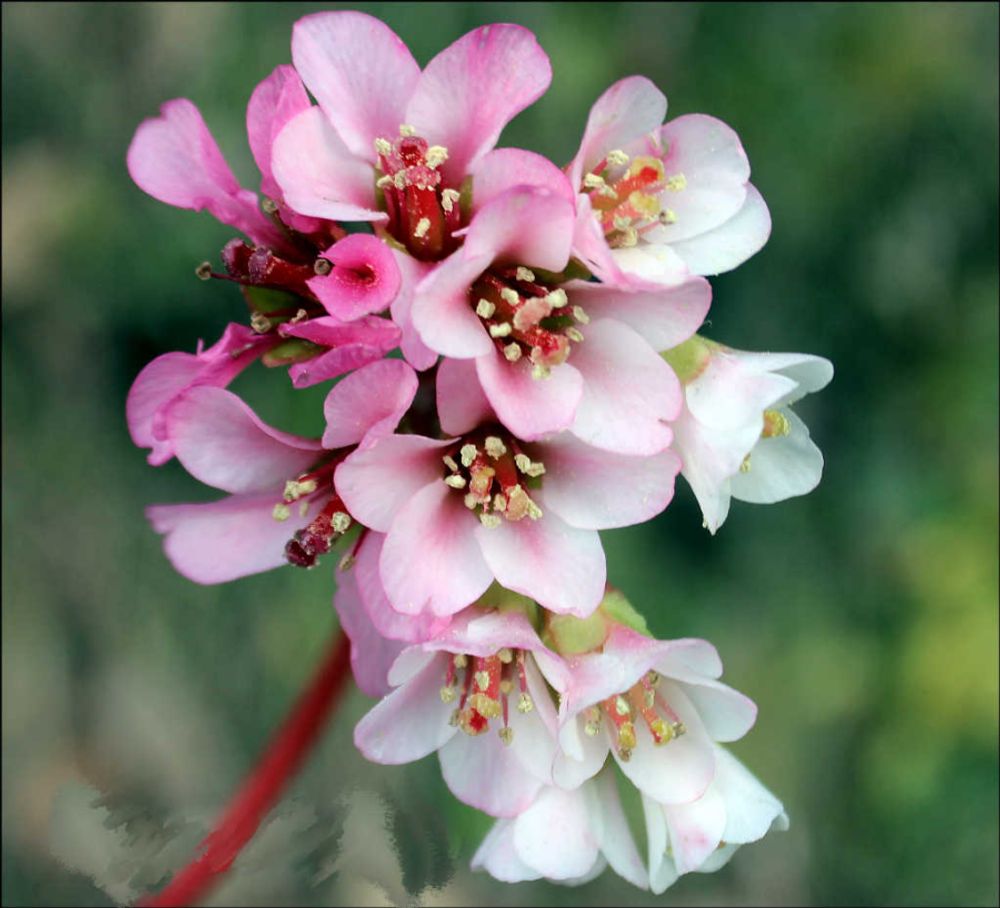

Plants were playing an important function in preserving human fitness and contributing toward the development of human life. They are the imperative source of effective medication throughout the world. Today in growing nations almost 80% of the human population relies upon plant resources for healthcare. More than 50,000 flowering plants have been stated for use for medicinal purposes. The rare herb “Pashanbheda“ is located at an altitude of 2,500 to 3,800 meters within the Himalayan region. Pashanbheda (locally known as Zakhm-e-Hayat - “wound healer”) is commonly employed for wound healing, curing diarrhea and vomiting, fever, cough, and pulmonary affections. It is the most popular plant.
Pashanbheda belongs to the family "Saxifragaceae". This family is consists composed of 30 genera and 580 species. The most used part of this plant is"rhizome". It alleviates vata and pitta. Local application of a thick paste of its leaves checks to bleed of cuts and wound. It's also helpful in inflammation. The plant additionally acts as an astringent, tonic, anti-inflammatory effect. The local people use this plant in fresh or dried form. Local people use it as tea decoction with refined salt. Basically most useful part of this plant is the “roots” which are highly used to cure any medical health issues in the human body.

DESCRIPTION OF THE PLANT:












